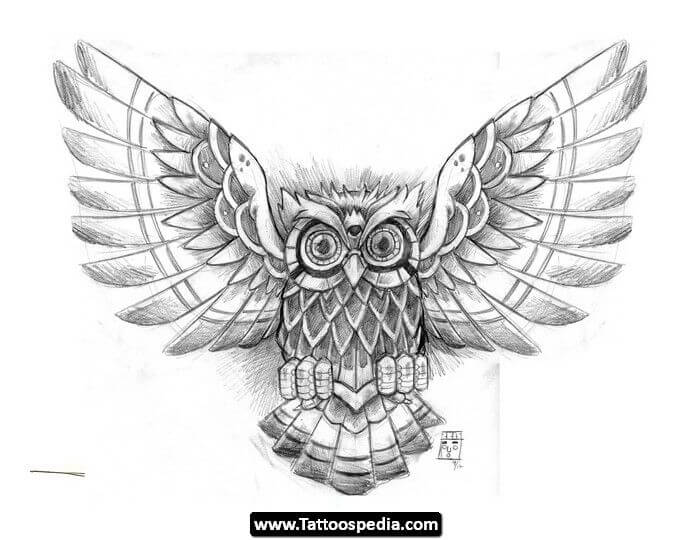In cultures and religions around the world, the elephant is a symbol of wisdom, strength, patience, and honor.
Elephants are one of the fascinating species on the planet. Like humans, they’re intelligent, long-lived, social and extremely flexible. They thrive in climates as diverse as the savannah and the jungle. And they’ve had a long history of interacting with mankind, from our earliest days in Africa to the battles of Alexander the Great to rural India.
Contents
- 1 Most common Elephants Tattoo Designs
- 1.1 If European elephants were symbols of power, in India and Africa they represented wisdom, patience and good luck.
- 1.2 African elephants are larger, more social and less tractable, meaning that their symbolic value was different.
- 1.3 The most developed elephant symbols were undoubtedly Indian in origin.
Most common Elephants Tattoo Designs



Anything as large, powerful and intelligent as an elephant is bound to accumulate a great deal of symbolic value, especially considering the use of elephants as the original tank. The most obvious symbolic meaning of the elephant is power. They’re among the largest and heaviest animals living on land, and humans have coexisted with them since coming out of the trees. The fascination with the animals extended far outside of their territory: stories about elephants are credited with inspiring legendary mythological beasts in Europe, Asia, and Japan.
Their massive size and usefulness as war engines made them even more impressive and mythical, with historical records detailing their military use. It is hard to explain how impressive elephants were to the ancients, whose largest animals were cows and horses. It’s easy to see why elephants became so integrated into the symbols of Europe.
If European elephants were symbols of power, in India and Africa they represented wisdom, patience and good luck.
Cultures that shared space with elephants had two general approaches to their interactions. In India, where the predominant elephant species is smaller and easier to work with, elephants became domesticated and used as work animals.

These cultures, which extend into South East Asia, considered elephants symbols of wealth and good luck. The long lifespan and high intelligence of the elephant were equated with a degree of wisdom and foresight, which made elephants into attractive symbols for religion and mysticism.
African elephants were wild animals, which humanity needed to adapt to and live alongside. Thus the African elephant represents both a degree of menace (elephants being more dangerous to man than even the lions) and majesty (they were the undisputed peak of the food chain).
The most developed elephant symbols were undoubtedly Indian in origin.
In India, elephants were a common sight, used as pack and work animals. So long as the benign association between man and elephant persisted that Indian religion incorporated the elephant motif in one of their most cherished figures, that of the god Ganesh.
Ganesh, the elephant-headed god of the Hindi faith, represents power, authority, and good fortune. Ganesh’s portfolio included protection for the faithful, enlightenment and even the flow of prana (vital energy) and the various disciplines of Yoga. In Ganesh, the elephant image reached it’s a most prominent expression and remains a powerful symbol in India today. The symbol of the elephant has many different meanings. Europeans focus on the power and danger of Hannibal’s elephant corps, incorporating it into many different icons and myths. The Africans respected the elephant, while the Hindi inspired cultures of India and South East Asia revered it.
Gallery























